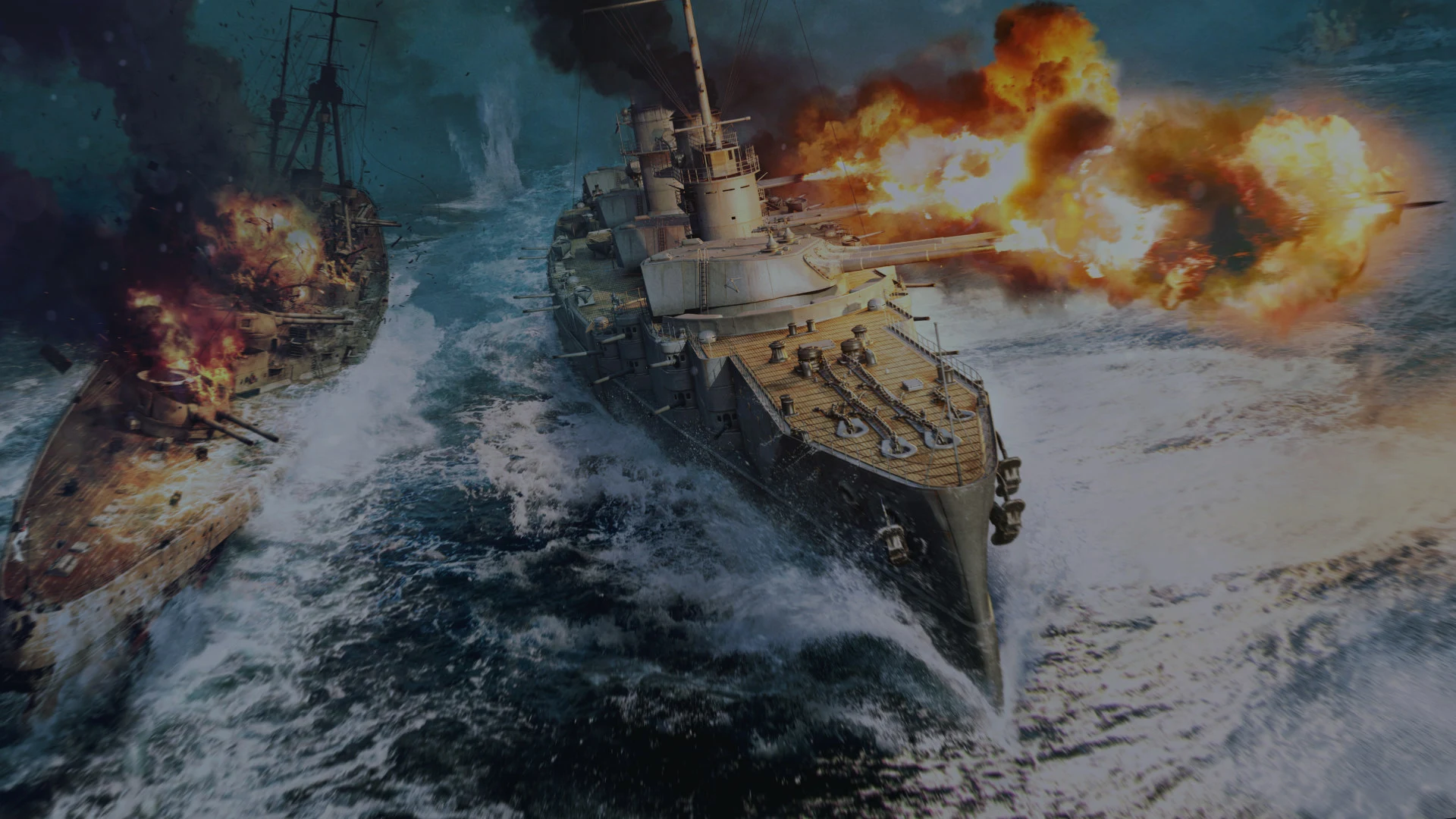
- For PC
- For MAC
- For Linux
- OS: Windows 7 SP1/8/10 (64 bit)
- Processor: Dual-Core 2.2 GHz
- Memory: 4GB
- Video Card: DirectX 10.1 level video card: AMD Radeon 77XX / NVIDIA GeForce GTX 660. The minimum supported resolution for the game is 720p.
- Network: Broadband Internet connection
- Hard Drive: 17 GB
- OS: Windows 10/11 (64 bit)
- Processor: Intel Core i5 or Ryzen 5 3600 and better
- Memory: 16 GB and more
- Video Card: DirectX 11 level video card or higher and drivers: Nvidia GeForce 1060 and higher, Radeon RX 570 and higher
- Network: Broadband Internet connection
- Hard Drive: 95 GB
- OS: Mac OS Big Sur 11.0 or newer
- Processor: Core i5, minimum 2.2GHz (Intel Xeon is not supported)
- Memory: 6 GB
- Video Card: Intel Iris Pro 5200 (Mac), or analog from AMD/Nvidia for Mac. Minimum supported resolution for the game is 720p with Metal support.
- Network: Broadband Internet connection
- Hard Drive: 17 GB
- OS: Mac OS Big Sur 11.0 or newer
- Processor: Core i7 (Intel Xeon is not supported)
- Memory: 8 GB
- Video Card: Radeon Vega II or higher with Metal support.
- Network: Broadband Internet connection
- Hard Drive: 95 GB
- OS: Most modern 64bit Linux distributions
- Processor: Dual-Core 2.4 GHz
- Memory: 4 GB
- Video Card: NVIDIA 660 with latest proprietary drivers (not older than 6 months) / similar AMD with latest proprietary drivers (not older than 6 months; the minimum supported resolution for the game is 720p) with Vulkan support.
- Network: Broadband Internet connection
- Hard Drive: 17 GB
- OS: Ubuntu 20.04 64bit
- Processor: Intel Core i7
- Memory: 16 GB
- Video Card: NVIDIA 1060 with latest proprietary drivers (not older than 6 months) / similar AMD (Radeon RX 570) with latest proprietary drivers (not older than 6 months) with Vulkan support.
- Network: Broadband Internet connection
- Hard Drive: 95 GB
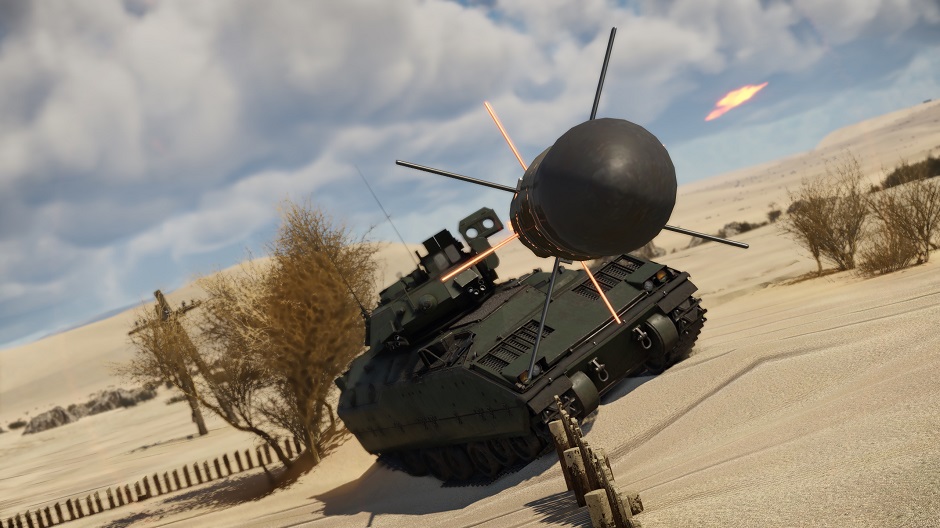
We are always trying to implement vehicles and weapons in the game as faithfully as possible and we also constantly refine and clarify the behavior of objects in the game, whether it is an aircraft or a shell. This time we have finalized the control mechanics of the SACLOS/MCLOS missiles to meet the higher requirements for reliability with the physical model of missile flight.
For missiles of this type we clarified the available load of the missile depending on the flight speed and air density, in addition the missile will lose speed more accurately during maneuvers. These changes will allow us to realize more accurately the damage zone of this type of missile in accordance with those of their real prototypes.
As a consequence to all this there will be a noticeable reduction in the capability of SACLOS SAMs to engage high speed targets with altitude or heading parameters. Since missiles with such control types follow the line of sight throughout the flight trajectory when firing at targets with altitude and heading parameters the missile trajectory curves due to changes in target position and the missile will have to perform a maneuver with an ever increasing overload.
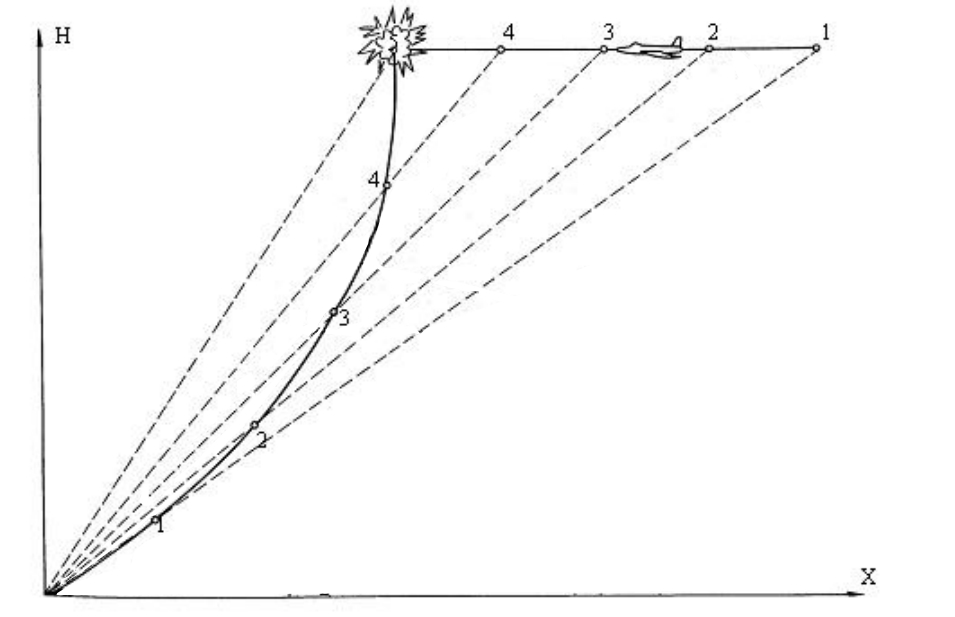
Such a trajectory leads to a high g-force requirement throughout the flight which combined with the trajectory velocity decrease may cause the target to be missed if there is not enough available g-force. Therefore the higher the target velocity and the higher its heading or altitude, the more difficult it is for the missile to hit the target.
This feature of the flight of SACLOS missiles will become more pronounced after the update of the physical model and pilots will be able to use it to avoid being hit by SAM. To do so we recommend maintaining high speed and a significant altitude or heading parameter.
Also if the physical model of the SACLOS/MCLOS is updated, the missile’s angle of attack due to gravity compensation by the missile guiding system, will become more noticeable. The angle of attack in the updated physical model will vary depending on the missile’s velocity. The angle of attack during the flight would slightly change the armour engagement angle for these weapons.
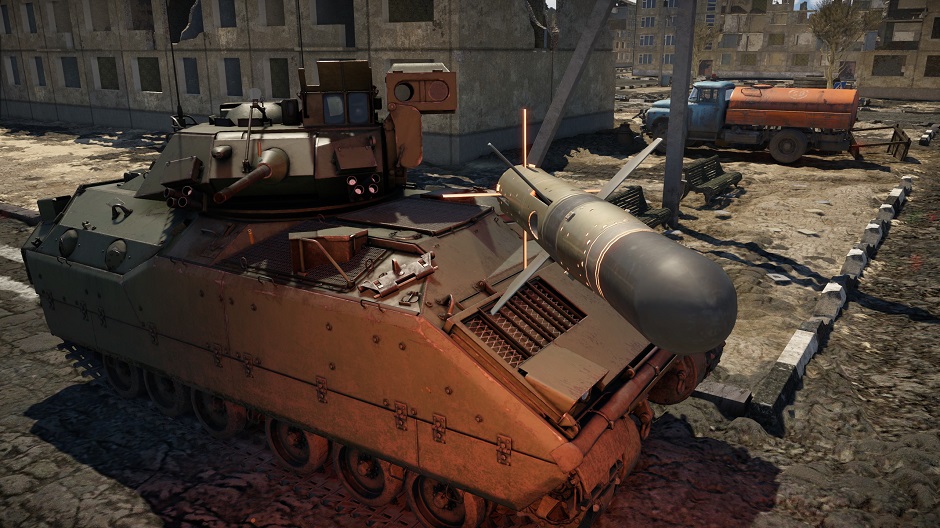
Glossary:
SACLOS — semiautomatic command to line of sight.
MCLOS — manual command to line of sight.
Target heading parameter — the shortest distance (perpendicular) from the point (origin of coordinates, location of instrument, cannon, launcher) relative to which it is determined, to the projection of the target's course on the horizontal plane.
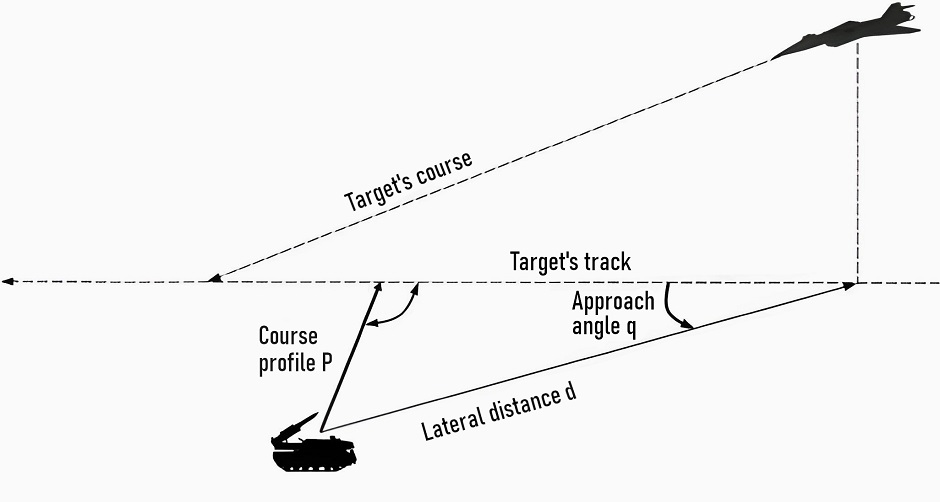

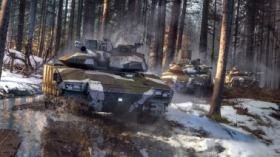


Comments (66)
"oh hey Gaij! Wotcha doin?" "making SAMS less effective against aircraft!" "are they less effective against ground targets now?" "you bet your buns they aren't!" "wait what now? Did you say are, or aren't?" "[gaijin sounds]"
Submit a complaint